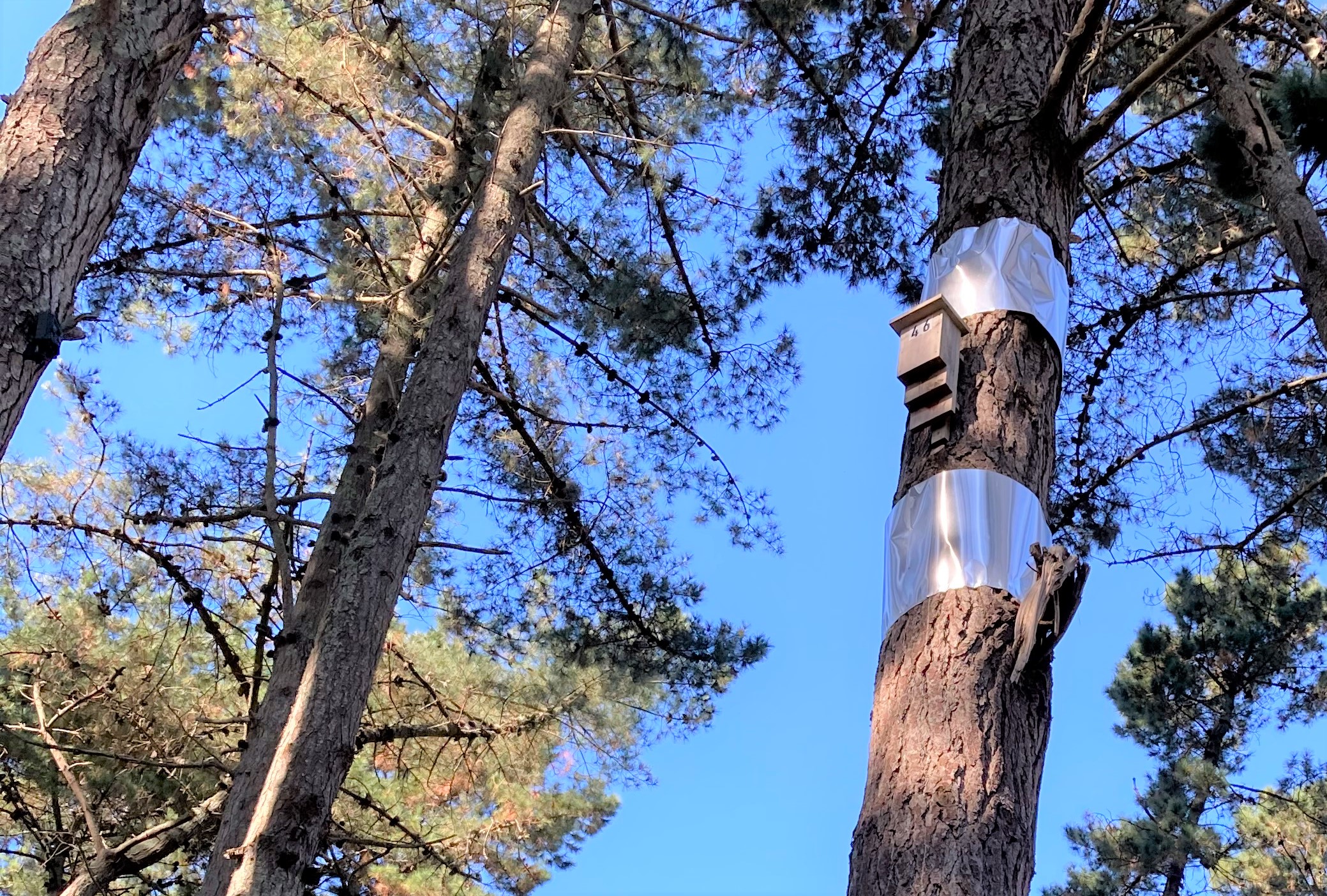Expert Reaction
These comments have been collated by the Science Media Centre to provide a variety of expert perspectives on this issue. Feel free to use these quotes in your stories. Views expressed are the personal opinions of the experts named. They do not represent the views of the SMC or any other organisation unless specifically stated.
Fiona Davies, Technical Director - Environment / Practice Lead - Natural Resources, AECOM NZ
The native long-tailed bat is a threatened (‘Nationally Critical’) species with known populations in Hamilton, New Zealand. 80 artificial bat boxes were installed on trees by Hamilton City Council (HCC) as part of their bat management approach for the Southern Links Project in South Hamilton. One of the biggest challenges we had in deploying the bat boxes was showing that these boxes were actively used by bats, thereby ensuring successful mitigation of the local bat population.
Working with HCC, we trialled various survey methods to monitor the bat boxes and included the innovative approach of eDNA sampling through swabbing the entrances of bat boxes. In NZ, eDNA is most commonly used in the freshwater environment to detect fish species and hasn’t been used in this way before to detect long-tailed bats. The results of the survey showed that the eDNA method was highly effective and long-tailed bat DNA was detected at 34% of the boxes sampled and confirmed they were using the boxes. Airborne eDNA from other sources were also detected in our samples, including birds, rats and in one instance, goat. DNA from animal skin and hair can move around in the breeze, and in this case, we can assume that the goat was probably just a passer-by rather than a resident of the bat box.
The bat box eDNA survey detailed in this study provides a non-intrusive method to confirm bats roosting in bat boxes within two years of box installation. Studies like this are essential for confirming the effectiveness of bat boxes as a tool for mitigation and are integral for the ongoing protection of this iconic native species.
Multimedia







 New Zealand
New Zealand


